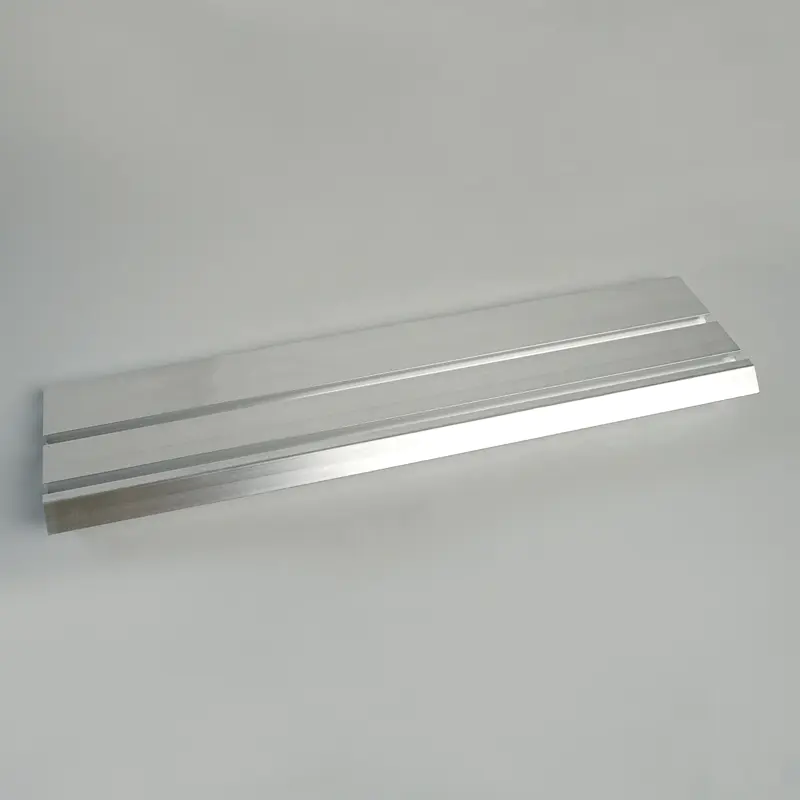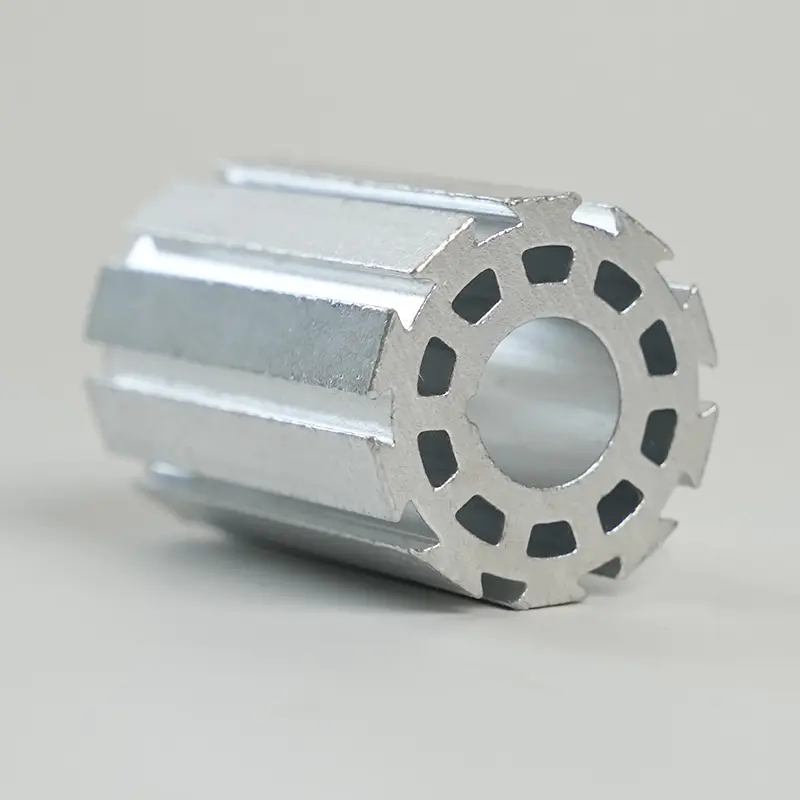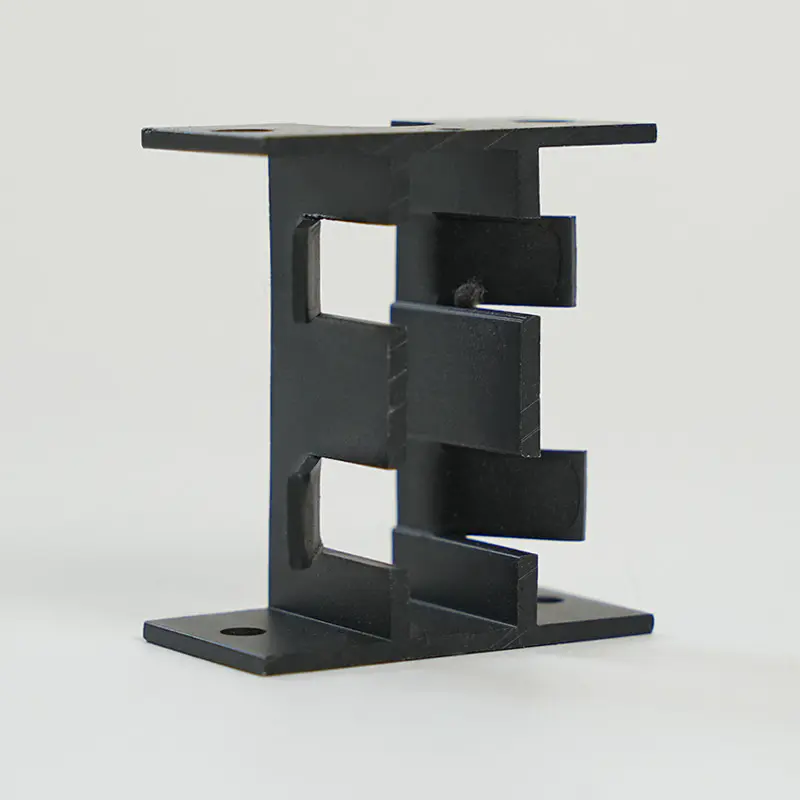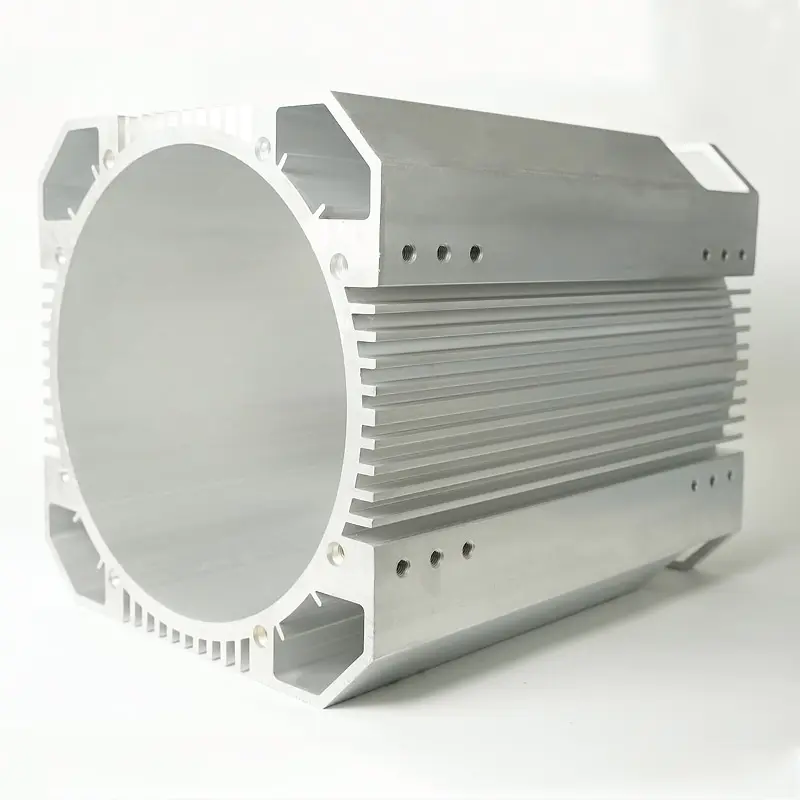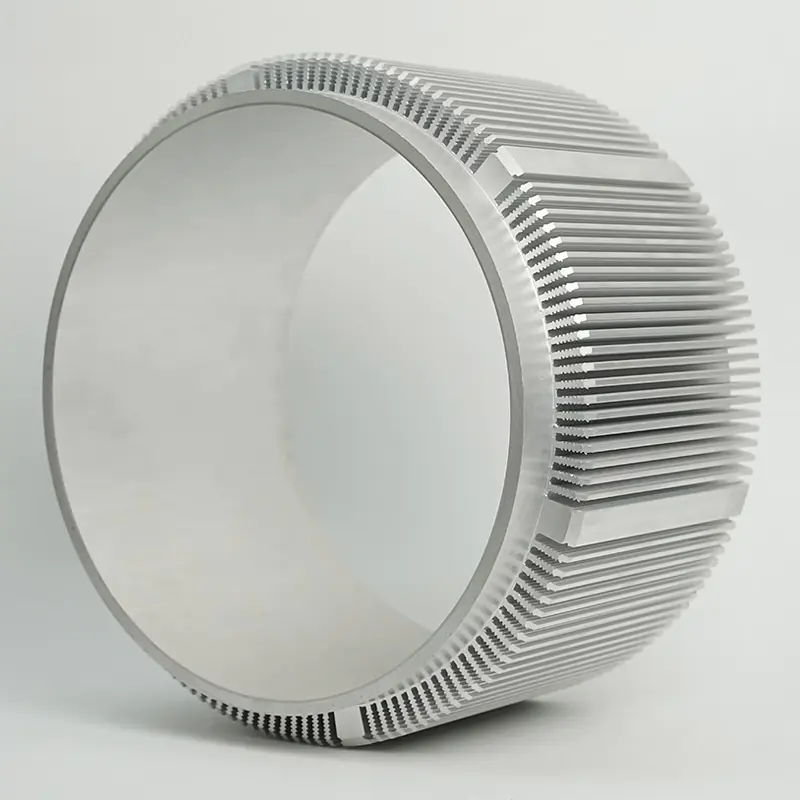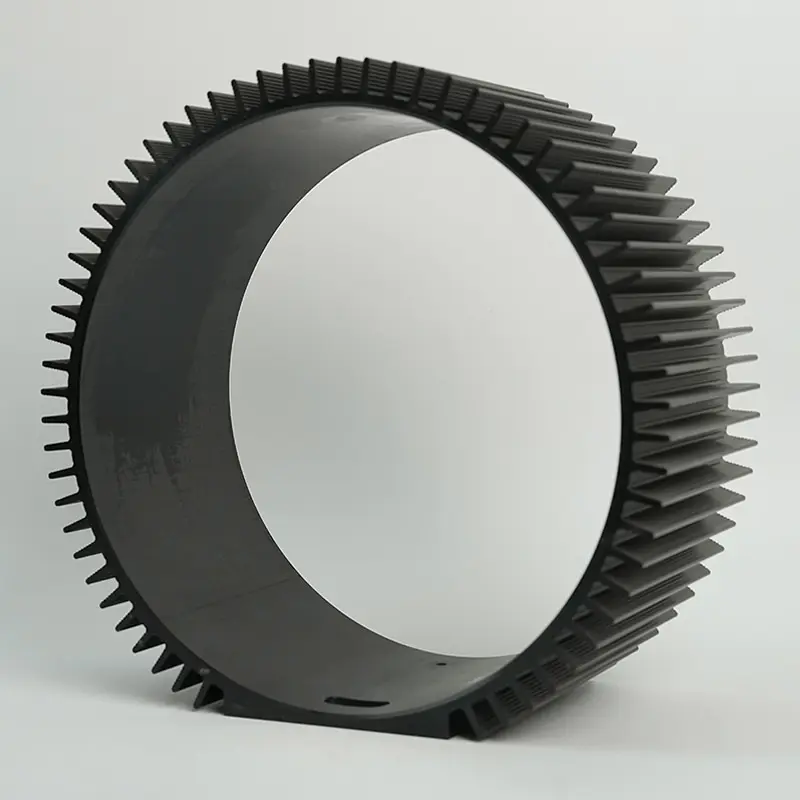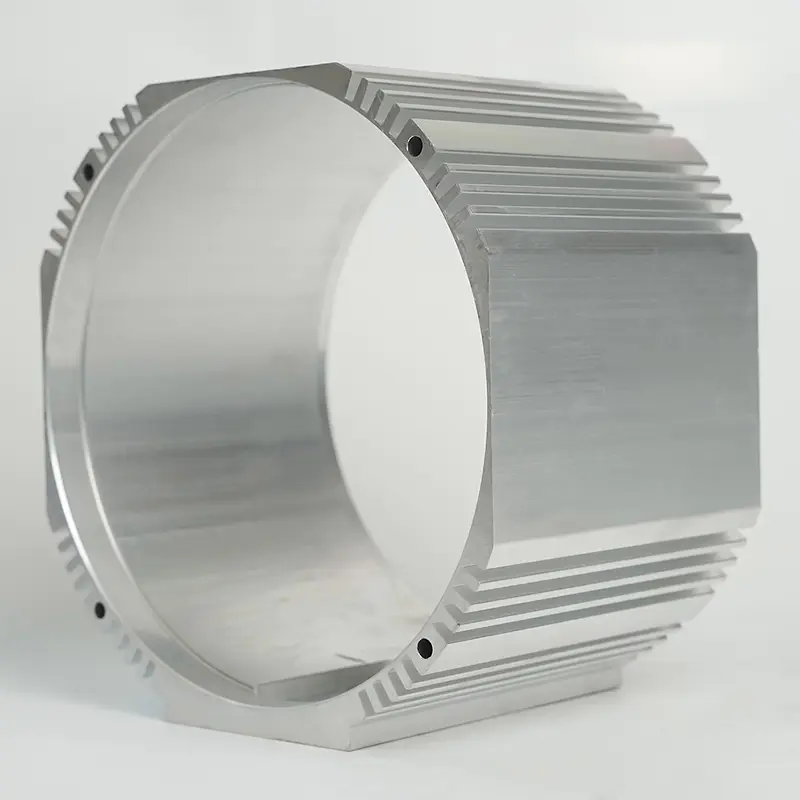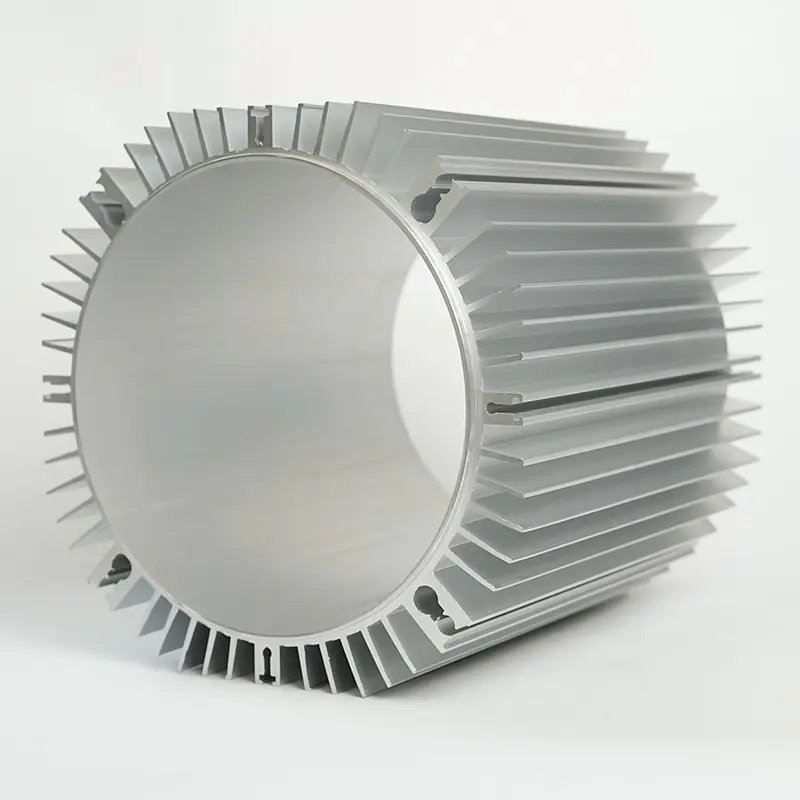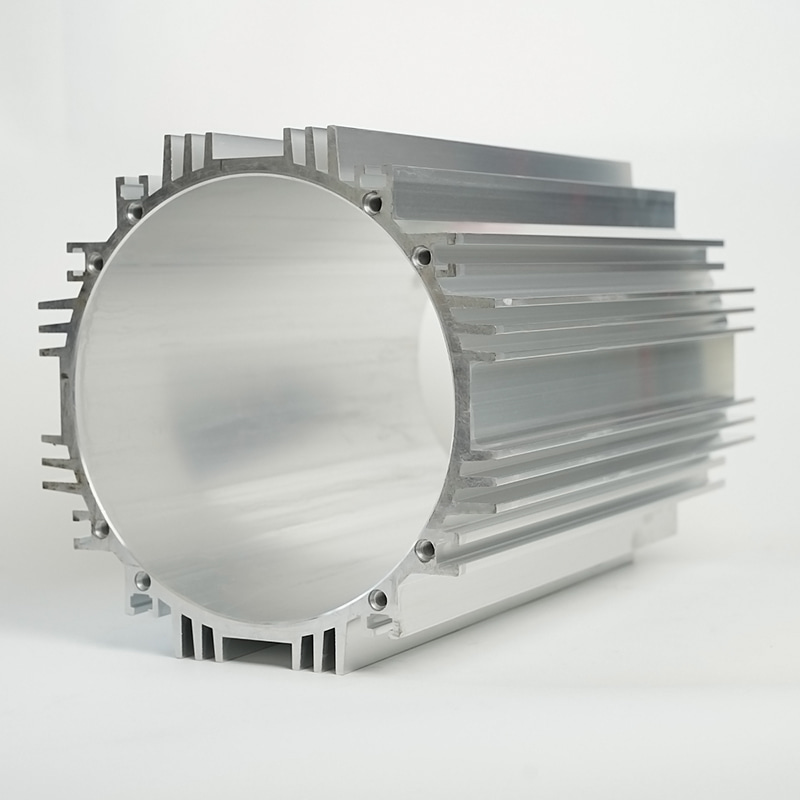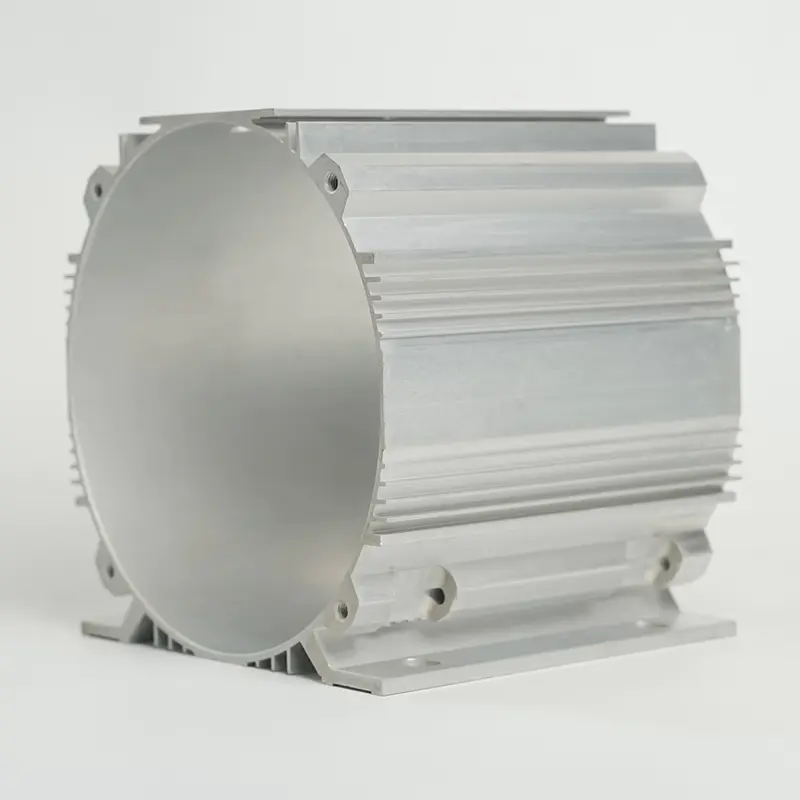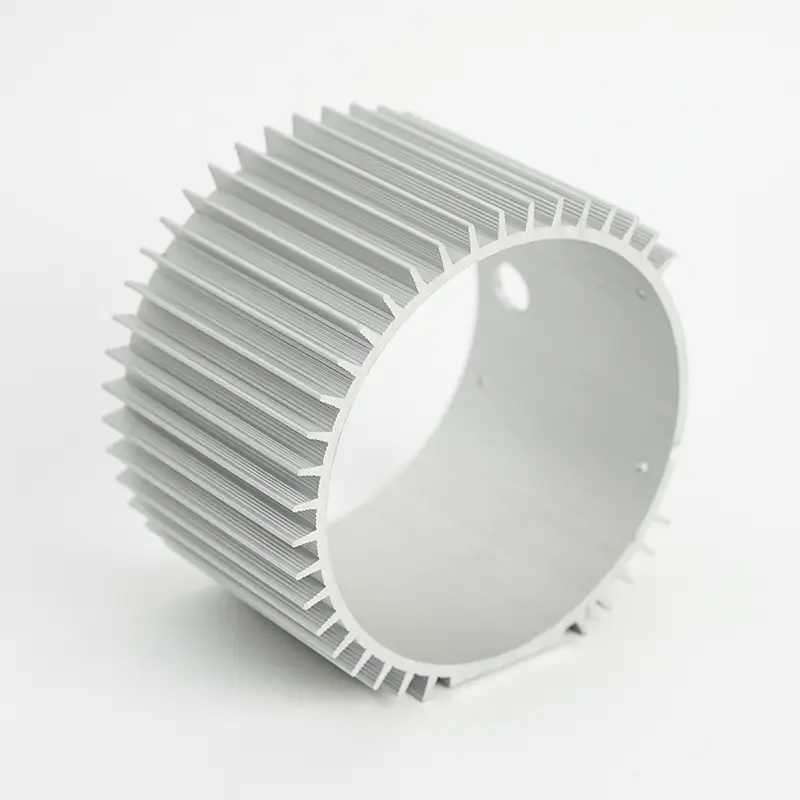In the booming wave of the global new energy vehicle industry, improving vehicle energy efficiency and extending range have become the core focus of competition among major automakers. As the core component of the motor, Aluminum Motor Housing (aluminum motor housing) has made major breakthroughs in the field of lightweight design with its material characteristics and technological innovation, providing a key solution for improving the energy efficiency of new energy vehicles. From material upgrades to process innovation, aluminum motor case is pushing the new energy vehicle industry toward a higher performance era with a new attitude.
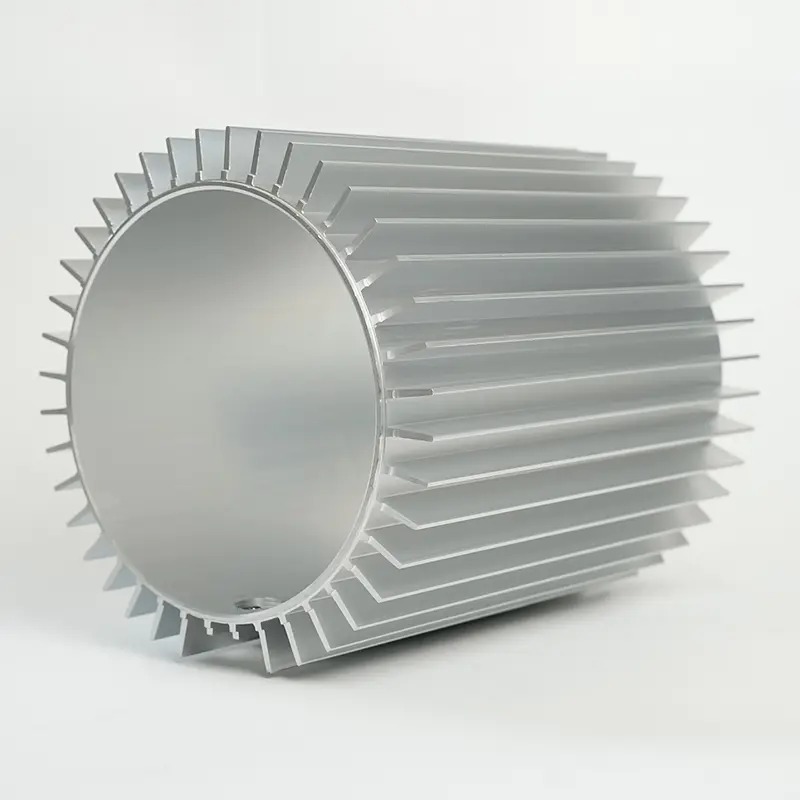
1. The urgency of new energy vehicles for lightweight demand
The anxiety about battery life of new energy vehicles has always been a key factor restricting the development of the industry. At a time when battery technology has not yet made a revolutionary breakthrough, reducing the weight of the vehicle has become an important way to improve energy efficiency. Traditional motor housings mostly use cast iron or steel. Although they have high strength, they have a large weight, resulting in increased vehicle energy consumption. According to industry data, for every 10% reduction in vehicle weight, power consumption can be reduced by 5% - 8%, and range can be increased by 3% - 5%. Therefore, the lightweight design can not only directly reduce vehicle driving resistance, but also reduce battery load pressure and indirectly extend battery service life.
In addition, with the intelligent and high-end development of new energy vehicles, the interior configurations are constantly enriched, and the increase in components such as electronic equipment and comfort systems has further increased the weight of the vehicle. Against this background, Aluminum Motor Housing has become the first material to achieve lightweight motors thanks to its natural advantages of low density and high strength. However, there is still room for optimization in the structural design and process of traditional aluminum motor shells, and technological innovation is imminent.
2. Technical path of lightweight design of aluminum motor case
In terms of material innovation, R&D personnel have improved material performance by optimizing aluminum alloy formula. The new aluminum alloy is added with light metal elements such as magnesium and lithium to ensure strength while further reducing density. For example, the density of some aviation-grade aluminum alloy materials is only 2.4g/cm³, which reduces weight by 15% - 20% compared to traditional aluminum alloys. At the same time, advanced material forming processes, such as semi-solid die-casting technology, make the aluminum alloy more dense and evenly organized during the molding process, avoiding internal pores, shrinkage and other defects, and ensuring the structural strength of the motor case while reducing weight.
Optimization of structural design is another key to lightweighting. Engineers used computer-aided design (CAD) and finite element analysis (FEA) technology to simulate the structure of Aluminum Motor Housing. By removing redundant parts and optimizing the layout of reinforcement ribs, the structure is lighter without affecting the mechanical properties. For example, changing the traditional solid structure to a honeycomb or hollow structure not only reduces weight, but also enhances the vibration resistance of the motor case. In addition, the application of integrated molding technology reduces the number of parts and assembly links, further reduces weight and improves production efficiency.
In terms of manufacturing processes, high-precision processing technology ensures the precise implementation of lightweight design. The CNC machining center realizes precision manufacturing of complex structures of motor housing through micron-level dimension control; 3D printing technology breaks through traditional processing limitations and can quickly create motor housing prototypes with special-shaped and thin-walled structures to accelerate design iteration. At the same time, innovations in surface treatment processes, such as anodizing, microarc oxidation, etc., improve the corrosion resistance and aesthetics of the motor case while avoiding the addition of extra weight due to excessive coating.
3. Improvement of the energy efficiency of lightweight aluminum motor case on new energy vehicles
Aluminum Motor Housing’s lightweight design has brought significant improvements to the energy efficiency of new energy vehicles. First, the reduced motor weight directly reduces the inertial resistance during vehicle driving, improving the motor driving efficiency. Taking a pure electric vehicle as an example, by using a lightweight aluminum motor case, the weight of the vehicle is reduced by about 30kg, the power consumption is reduced by 6%, and the range is increased by 20-30 kilometers. Secondly, the lightweight design reduces the load pressure of suspension systems, tires and other components, reduces mechanical wear, extends the service life of parts, and indirectly improves the overall energy efficiency of the vehicle.
In addition, the lightweight aluminum motor case helps optimize the vehicle's power system layout. The lighter motor makes the vehicle's center of gravity distribution more reasonable, improving handling stability and driving safety. At the same time, the reduced weight provides more possibilities for the interior space layout and battery capacity expansion, further enhancing the market competitiveness of new energy vehicles.
4. Future prospects of lightweight technology of aluminum motor case
Although aluminum motor case has achieved remarkable results in lightweight design, as the new energy vehicle industry develops towards higher performance and smarter directions, there is still broad room for its technological innovation. In the future, the application of new materials will become the key. For example, the composite technology of aluminum alloys and carbon fibers, magnesium alloys and other materials is expected to achieve further reduction in the weight of the motor case and comprehensive improvement in performance; the introduction of nanomaterials can give the motor case functions such as self-healing, intelligent adjustment and heat dissipation.
In terms of manufacturing processes, intelligent manufacturing technology will be deeply integrated into aluminum motor housing production. The application of robotic automation processing and AI quality inspection systems will realize accurate control of the production process and real-time defect monitoring; digital twin technology can optimize design solutions through virtual models to shorten the R&D cycle. At the same time, the green manufacturing concept will promote the development of aluminum motor shell production towards low-carbon and circularity, from material recycling to reduced production energy consumption, and achieve the sustainable development goals in all aspects.


 English
English Español
Español
